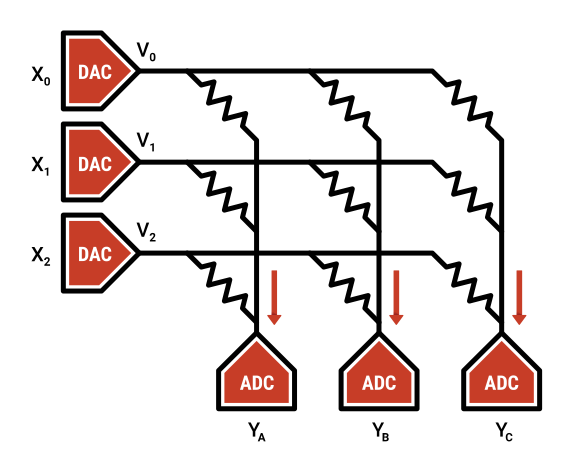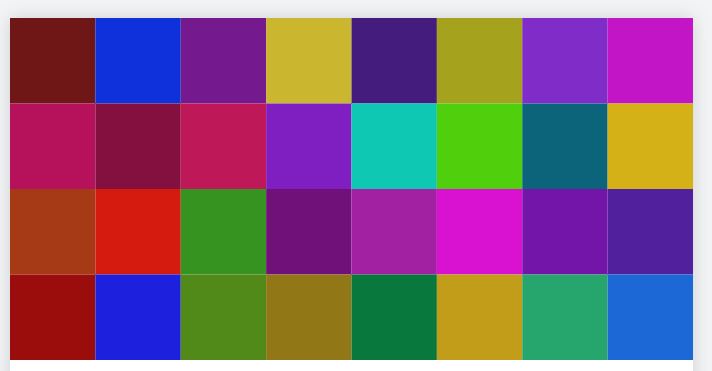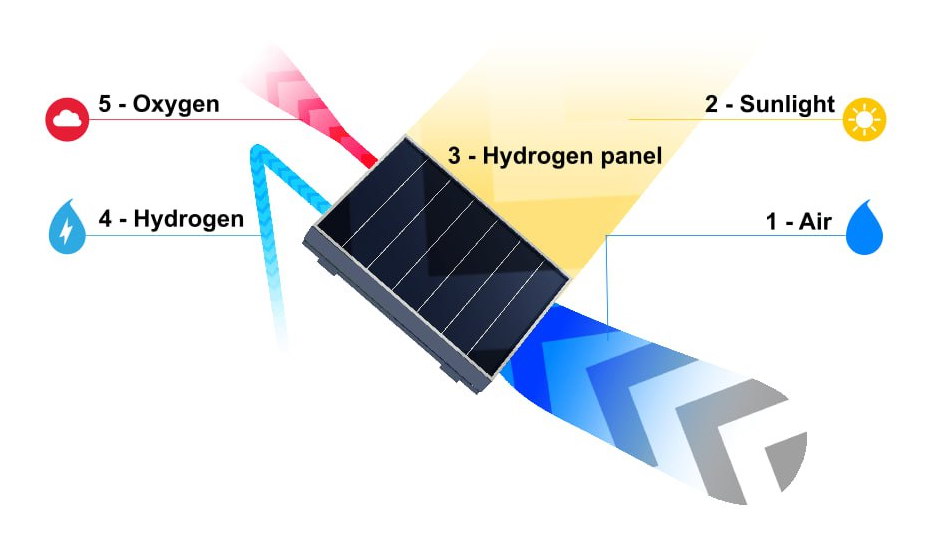Achieving unmatched efficiency and performance
A solid-state wind-energy transformer
We show that a solid-state apparatus with no
moving parts can harvest electrical power from
the wind.

This apparatus, a Solid-state Wind-Energy Transformer (SWET), uses coronal discharge to create negative air ions, which the wind carries away from the SWET. The SWET harnesses the wind-induced currents and voltages to produce electrical power. We report on the operation of a low-power, proof-of-concept SWET.
This device consists of a number of parallel electrical wires: “emitter wires,” which have numerous sharp coronal emitters attached to them, and bare “attractor wires.” When a negative bias voltage is applied to the emitter wires relative to the attractor wires, the coronal emitters generate negative ions. The wind carries off these ions, which eventually settle to the ground. The power imparted to the ions by the wind is extracted from the current returning to the SWET from the ground.
This proof-of-concept SWET demonstrates that it is possible to generate net electrical power from the wind using only air ions. We estimate that SWET can be scaled up to commercially interesting powers by increasing the number and length of emitter and attractor wires and by controlling the bias voltage. SWETs have the potential to produce large amounts of electrical power at low costs with little negative environmental impact.
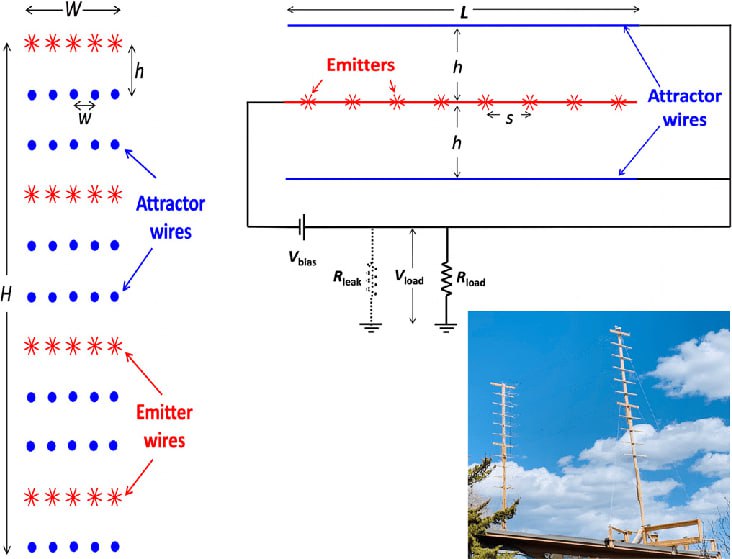
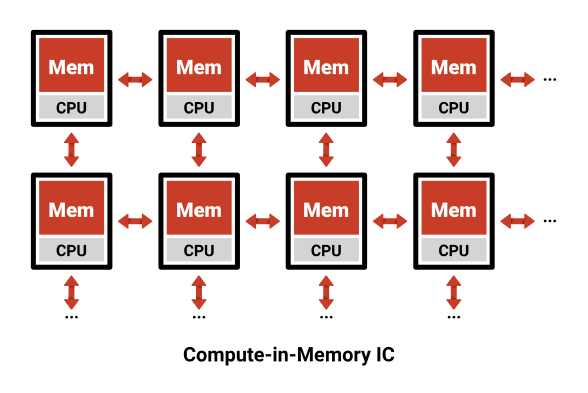
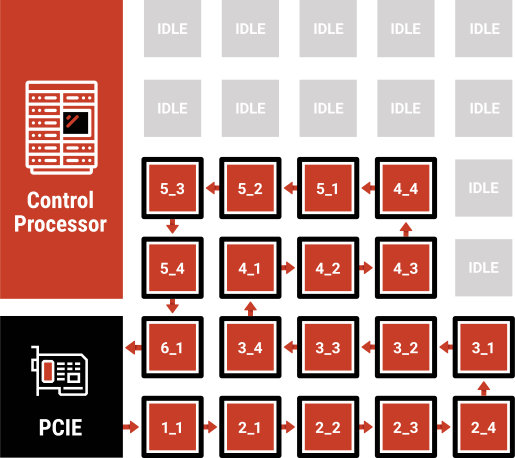
Dataflow Architecture
Maximizing inference performance through careful architecture design
